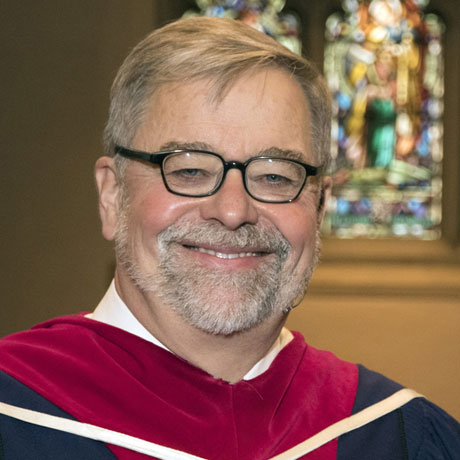John Freeman Walls Historic Site and Underground Railroad Museum, Emeryville ON
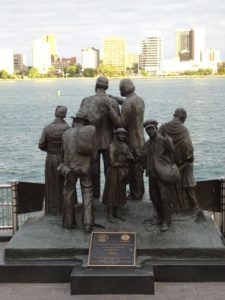
With the abolition of the slave trade throughout the British Colonies in 1807 followed by the abolition of slavery throughout the British Empire in 1833, Canada became a safe haven for runaway slaves in the United States. The Underground Railroad was a secret network of safe houses that eventually led to border crossings into Canada. However, with the border crossing through Lake Ontario and Lake Erie there were few points for runaway slaves to cross into what was then Upper Canada. Detroit and Buffalo became the last stop for many of the former slaves before crossing into Canada during the thirty plus years prior to the American emancipation.
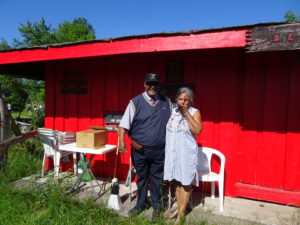
The John Freeman Walls Historic Site and Underground Railroad Museum is located on a twenty acre tract of land twenty-five miles safely over the border in a region where many of the former slaves settled. The Walls family log cabin preserved on the site also served as the first meeting place of the congregation of First Baptist Church, Puce.
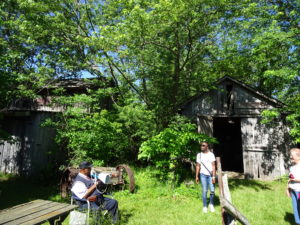
The number of refugees fleeing to Canada from south of the border reached almost 30,000 by 1852 and the church leaders became very active in offering assistance with settlement opportunities to this influx of settlers.
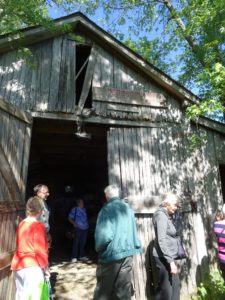
John Freeman Walls had been emancipated by his owner in the south upon the owner’s death, but matters grew complicated when Walls and the owner’s widow also fell in love as interracial relationships were punishable in many southern states. With no choice but to flee for safety the young couple settled the land and offered a living example long before their time of interracial harmony and love. Today’s site is owned and maintained by their great-great Grandson, Bryan Walls OC, OOnt. Bryan is an author and retired dentist from Windsor who welcomed us most warmly to the site and opened our eyes to some of the horrors facing slaves who fled for their freedom. A horse drawn wagon on display at the museum was complete with a narrow compartment which runaway slaves would be slipped into for travel between safe stations on the Underground Railroad. Above the hidden slaves the wagon would often be filled with manure in order to throw off the scent for the dogs. Here we came face to face with the incredible inhumanity of humankind throughout the ages and continuing into our own world, but Bryan’s smile would always bring us back to the triumphant power of love that his own forebears had known.
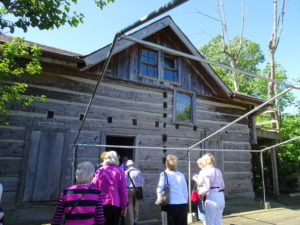
The museum was a sacred space like few others we have ever seen. There was no stained glass or cared wood. There were no frescos or murals nor vaulted ceilings or marble columns with gilded mouldings. But all of these paled in comparison with the ring of freedom and the joy of human love made all the more sacred in the preservation of tears and the telling of tales. I will never forget the day the late Gardner Taylor preached at Yorkminster Park and told of the elders in his childhood church who had been slaves as children and spoke of Canada as Canaan’s Land. This little corner of our country is a reminder of all that is good about who we are as a people and the power of faith and love.
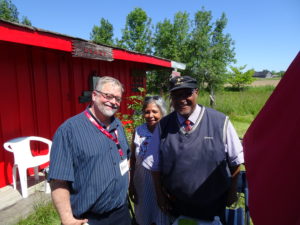
One of our pilgrims, Rob Mee, a gifted musician and photographer has posted some absolutely remarkable photos of this sacred space along with the others we visited and can be viewed on his website at: https://focusonmee.com/detroit-michigan/
Grace and Peace,
Peter



